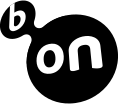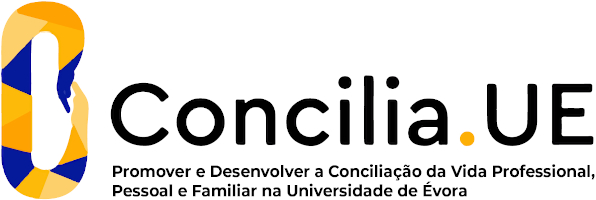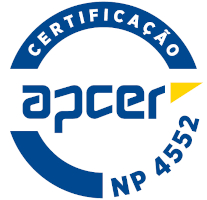2024
Physiopathology and prescription of exercise in people with HIV and Cancer
Name: Physiopathology and prescription of exercise in people with HIV and Cancer
Code: DES10239M
3 ECTS
Duration: 15 weeks/78 hours
Scientific Area:
Human Kinetics
Teaching languages: Portuguese
Languages of tutoring support: Portuguese
Regime de Frequência: Presencial
Sustainable Development Goals
Learning Goals
- know the main implications of the physiological pathology of HIV and cancer.
- identify key components of functional fitness and realize its importance in improving the quality of life of these patients.
- understand the physiological implications and limitations specific to a subject suffering from this disease and its implications for exercise prescription
- apply functional assessment protocols and use that information in developing individual programs of exercise
- keep up the effects of intervention programs to the level of physiological variables, but also perceptual-cognitive skills.
- know the implications that the application of different types of programs is likely to achieve in the different components of physical fitness of patients with HIV and cancer.
- be capable of collecting and interpreting critically relevant scientific information on the topics addressed.
- identify key components of functional fitness and realize its importance in improving the quality of life of these patients.
- understand the physiological implications and limitations specific to a subject suffering from this disease and its implications for exercise prescription
- apply functional assessment protocols and use that information in developing individual programs of exercise
- keep up the effects of intervention programs to the level of physiological variables, but also perceptual-cognitive skills.
- know the implications that the application of different types of programs is likely to achieve in the different components of physical fitness of patients with HIV and cancer.
- be capable of collecting and interpreting critically relevant scientific information on the topics addressed.
Contents
1. Introduction to physiology in subjects with HIV and Cancer
1.1. Introduction and conceptual classifications
1.2. Pathophysiology, treatment phases and major implications on the physical condition
1.3. Indications and contraindications of exercise
2. Attention social health of the subject who suffers or has suffered HIV or Cancer
2.1.Atenção socio-health context and engaging classical
2.2. mitigating care
3. Prescribed exercise in people with HIV or Cancer
3.1. Brief summary of epidemiological determinants and types of prevention (primary, secondary and tertiary)
3.2. Exercise, types of prevention and health models
3.3. Specific implications for labor
1.1. Introduction and conceptual classifications
1.2. Pathophysiology, treatment phases and major implications on the physical condition
1.3. Indications and contraindications of exercise
2. Attention social health of the subject who suffers or has suffered HIV or Cancer
2.1.Atenção socio-health context and engaging classical
2.2. mitigating care
3. Prescribed exercise in people with HIV or Cancer
3.1. Brief summary of epidemiological determinants and types of prevention (primary, secondary and tertiary)
3.2. Exercise, types of prevention and health models
3.3. Specific implications for labor
Teaching Methods
The unit is organized in lectures, practical classes and tutorials according to the regulation school of the University of Évora.
Lectures are plenary and based on the scientific method, emphasizing the search for information, the interpretation of experimental results and a critical and scientific rigor in students. These also will be utilized for students to develop skills in exercise prescription in a real situation.
The assessment includes: questions in organization and presentation by the students of relevant scientific articles and discussion with the teacher. Students may opt for an evaluation by submitting a job, or written assessment, frequency or through a final exam.
In addition to classroom work, there will be an investment in the distance working primarily through resources available in Moodle (lessons, various texts, PowerPoint presentations, websites, etc.). Student work will be guided by specific objectives that must be be achieved in the specific contents.
Lectures are plenary and based on the scientific method, emphasizing the search for information, the interpretation of experimental results and a critical and scientific rigor in students. These also will be utilized for students to develop skills in exercise prescription in a real situation.
The assessment includes: questions in organization and presentation by the students of relevant scientific articles and discussion with the teacher. Students may opt for an evaluation by submitting a job, or written assessment, frequency or through a final exam.
In addition to classroom work, there will be an investment in the distance working primarily through resources available in Moodle (lessons, various texts, PowerPoint presentations, websites, etc.). Student work will be guided by specific objectives that must be be achieved in the specific contents.





















